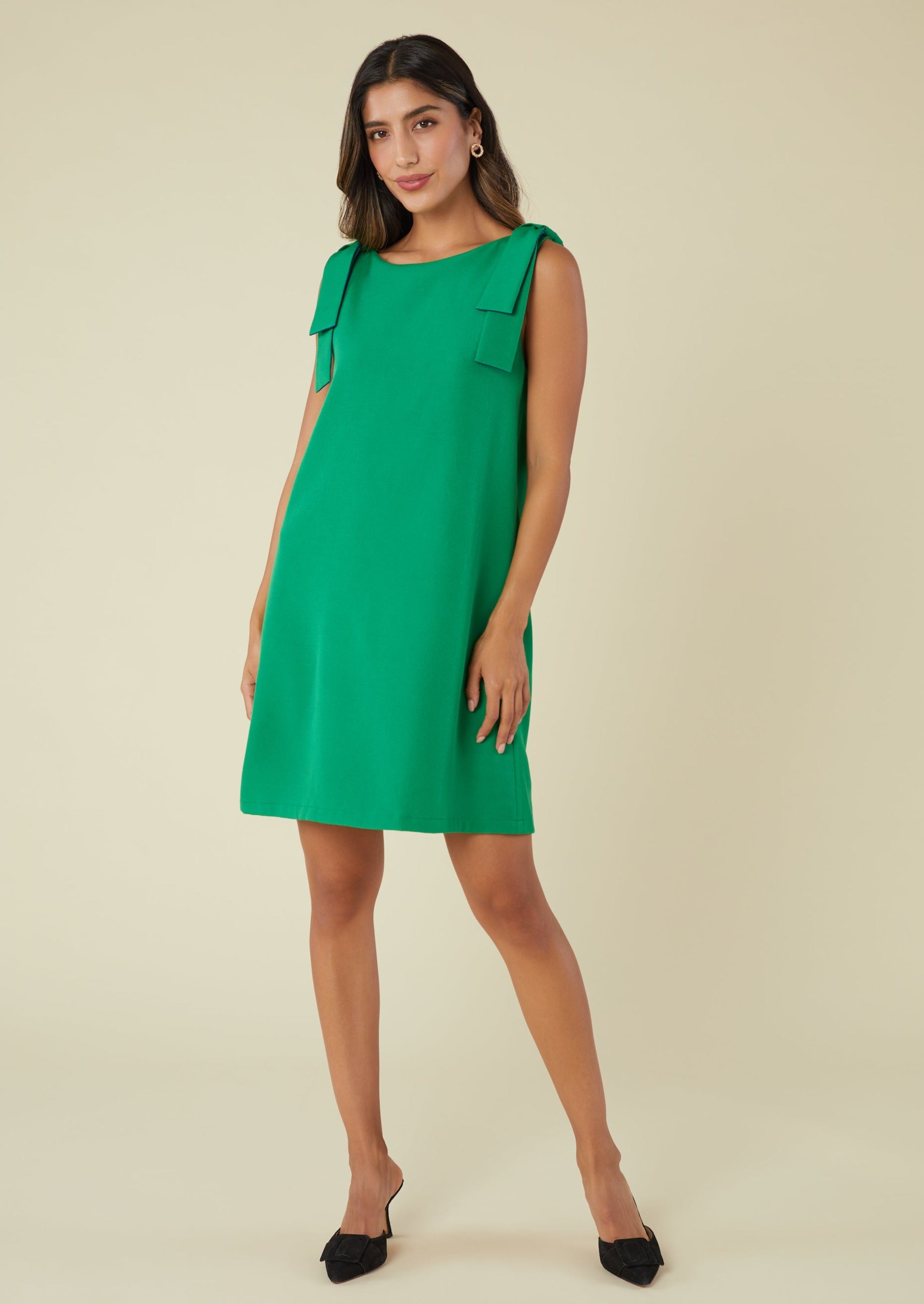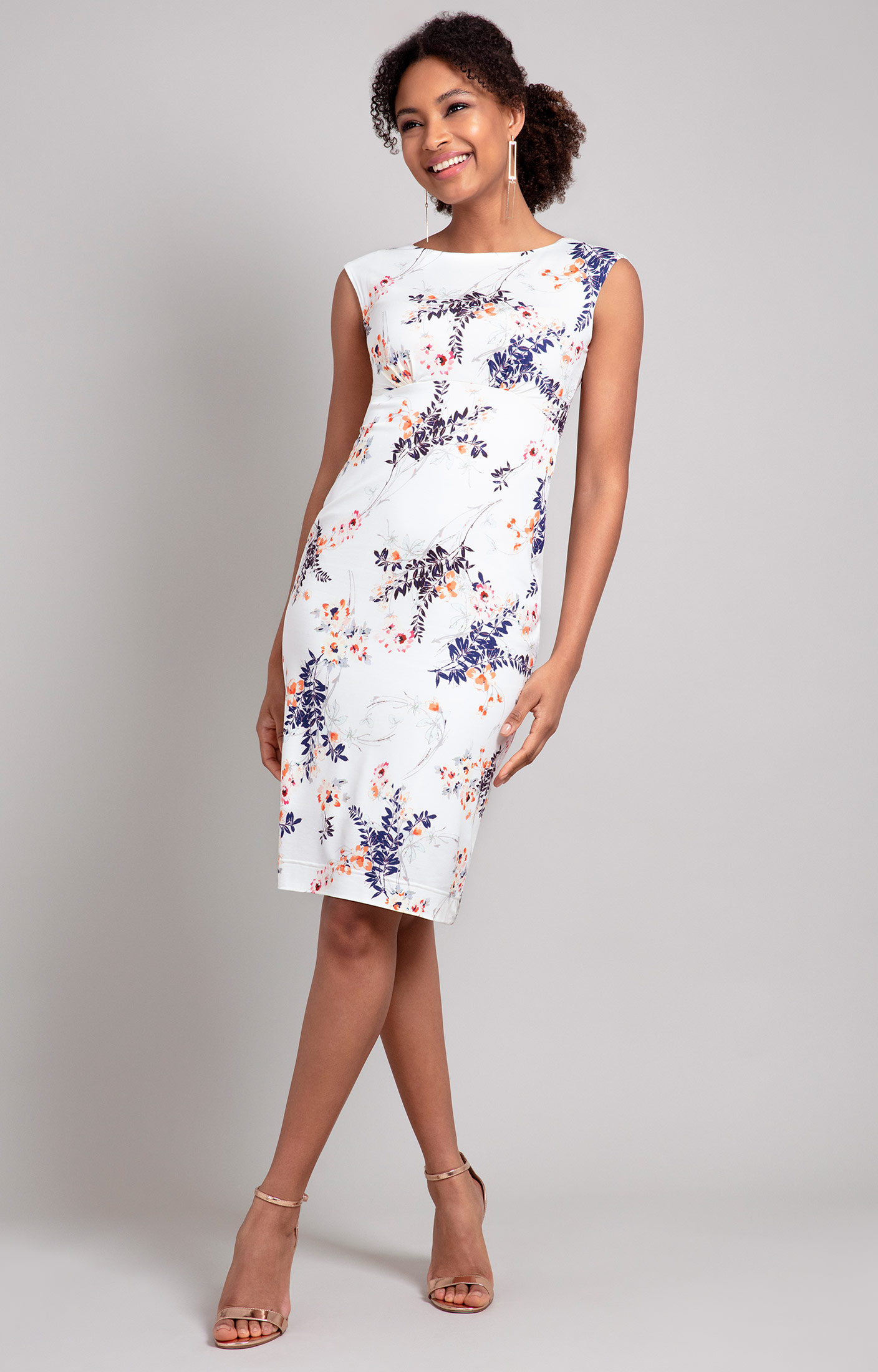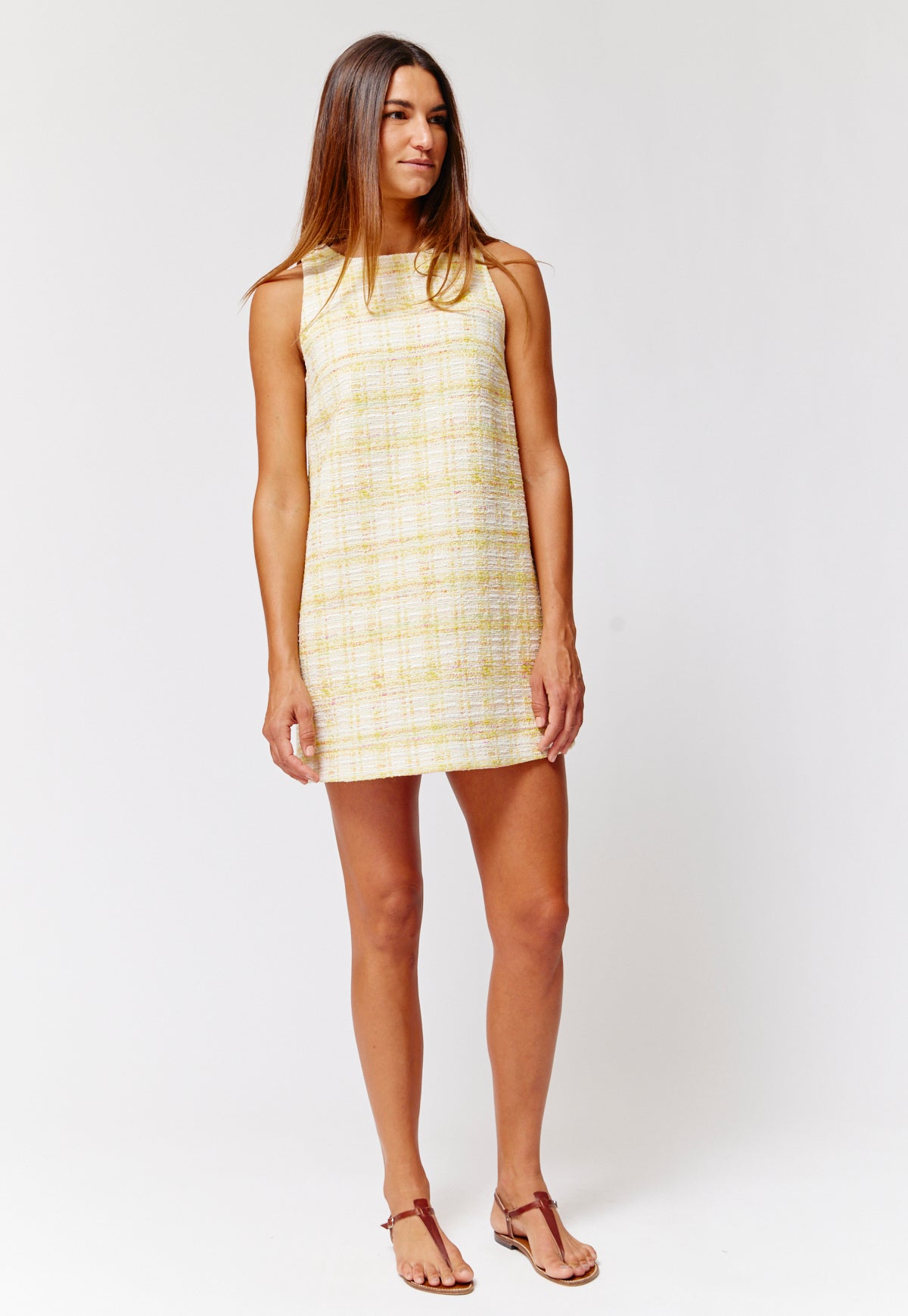Effortless Style with Shift Dresses Your Ultimate Wardrobe Staple
In the ever-evolving landscape of fashion, few garments achieve the perfect balance of simplicity and sophistication like the shift dress. This iconic silhouette transcends seasonal trends, offering a versatile foundation for personal style. Its clean lines and unstructured form create a canvas for self-expression, making it an indispensable component of a modern wardrobe. The shift dress isn’t merely clothing; it’s a design philosophy that champions comfort, functionality, and timeless elegance.
The Historical Evolution of the Shift Dress
The origins of the shift dress trace back to the 1920s, a revolutionary era when women began rejecting restrictive corsets in favor of garments that allowed freedom of movement. Designers like Coco Chanel pioneered this liberation in fashion, introducing straight-cut dresses that hung from the shoulders without emphasizing the waist. This design philosophy aligned perfectly with the flapper movement’s spirit of independence and modernity. As fashion historian Valerie Steele notes in her research for The Museum at FIT, “The 1920s shift represented more than a style change—it signaled a fundamental shift in women’s roles and self-perception.” The silhouette experienced a resurgence in the 1960s, popularized by designers including Yves Saint Laurent and Hubert de Givenchy, who recognized its potential to create sleek, contemporary lines. Jackie Kennedy famously embraced the style, cementing its status as a symbol of polished sophistication. Throughout subsequent decades, the shift dress has continuously evolved while maintaining its core principles of simplicity and wearability.

Anatomy of Perfect Fit: Why the Shift Dress Works
The genius of the shift dress lies in its architectural approach to the female form. Unlike fitted garments that follow body contours, the shift creates a rectangular silhouette that skims rather than clings. This design offers several advantages: it accommodates various body types without alteration, provides exceptional comfort through unrestricted movement, and creates a streamlined appearance that many find flattering. According to textile scientists at the London College of Fashion, the strategic placement of darts and seams in well-constructed shift dresses creates optical illusions that can elongate the figure. The typical A-line shape—narrower at the shoulders and gradually widening toward the hem—distributes visual weight evenly, making it an excellent choice for those seeking to balance proportions. The armholes are carefully positioned to allow full range of motion while maintaining the dress’s clean lines. This thoughtful engineering demonstrates how deceptively simple designs often require sophisticated pattern-making expertise.
Fabric Selection: The Foundation of Comfort and Drape
Choosing the right fabric transforms a simple shift dress from ordinary to extraordinary. Natural fibers like cotton, linen, and silk offer breathability and movement, while technical blends provide wrinkle resistance and shape retention. The weight and drape of the material significantly impact how the dress hangs on the body—heavier fabrics create more structured silhouettes, while lighter materials offer fluid movement. As explained in textile resources from the University of Fashion, the “hand” or feel of the fabric contributes substantially to the wearing experience. Ponte knit, for instance, provides enough structure to maintain the shift’s shape while offering stretch for comfort. Wool crepe delivers elegant drape with minimal bulk, making it ideal for professional settings. For warmer climates, lightweight cotton or linen blends allow air circulation while resisting creases. Understanding these textile properties empowers you to select shift dresses that align with your lifestyle and comfort needs.

Styling Versatility: From Day to Night Transformations
The true power of the shift dress reveals itself through its remarkable adaptability. This single garment can transition seamlessly across occasions with strategic styling choices. For professional environments, layer a tailored blazer over a solid-colored shift dress and add closed-toe pumps—this creates a polished look that commands respect in boardrooms. As fashion influencer Allison Bornstein demonstrates in her “three-word method” styling system, the shift dress serves as an ideal base for building outfits with intention. For casual daytime wear, pairing a printed shift dress
Seasonal Adaptations: Year-Round Relevance
Unlike many fashion items with limited seasonal applicability, the shift dress maintains its relevance throughout the year through thoughtful layering and fabric choices. Summer styling embraces the dress in its purest form—sleeveless designs in breathable fabrics worn with minimal accessories. As temperatures cool, the addition of tights, ankle boots, and a leather jacket creates a completely different aesthetic while maintaining comfort. During winter months, turtlenecks worn underneath wool shift dresses provide both warmth and stylistic interest. This approach aligns with sustainable fashion principles championed by organizations like Fashion Revolution, which encourage maximizing wear from each garment in our wardrobes. The shift dress’s simple silhouette makes it an ideal canvas for seasonal accessories—statement scarves in autumn, festive brooches during holidays, or bold sunglasses in spring. This versatility represents both practical wisdom and stylistic intelligence.

The Psychology of Effortless Dressing
Beyond physical comfort, the shift dress offers psychological benefits that contribute to its enduring appeal. The concept of “enclothed cognition” studied by researchers at Northwestern University demonstrates how clothing affects the wearer’s psychological processes. The simplicity of a well-fitting shift dress can create mental clarity by eliminating decision fatigue around dressing. As fashion psychologist Dr. Dawnn Karen explains in her “Dress Code Strategy,” “Garments that fit well and align with your personal style can boost confidence and performance.” The shift dress’s association with iconic figures like Audrey Hepburn and its prevalence in professional settings creates subconscious connections to competence and elegance. This psychological dimension transforms the garment from mere fabric to a tool for self-presentation and empowerment. The ease of wearing—no constant adjusting, tugging, or discomfort—allows the wearer to focus mental energy on more important matters throughout the day.
Investment Perspective: Cost Per Wear Analysis
When evaluating wardrobe additions through a practical lens, the shift dress consistently delivers exceptional value. The “cost per wear” calculation—dividing the purchase price by the number of times worn—demonstrates the economic wisdom of investing in versatile pieces. A quality shift dress costing $150 worn just twice monthly for two years achieves a cost per wear of approximately $3.13, significantly lower than many trend-driven items worn only a handful of times. This mathematical approach to building a wardrobe aligns with the principles of conscious consumption advocated by sustainable fashion experts. Furthermore, the timeless design ensures the dress remains stylish beyond seasonal cycles, extending its wearable life. Many high-quality shift dresses feature construction techniques like French seams and reinforced stitching that enhance durability. This combination of versatility, longevity, and timeless style makes the shift dress not just a fashion choice, but a smart financial decision for your wardrobe.

The enduring appeal of the shift dress lies in its unique combination of simplicity, versatility, and sophisticated design. It serves as a blank canvas for personal expression while providing the comfort and practicality modern life demands. From its historical significance as a garment of liberation to its contemporary relevance in minimalist wardrobes, the shift dress continues to prove that true style doesn’t require complexity. Its ability to adapt to changing contexts, body types, and personal aesthetics ensures its place as an indispensable wardrobe foundation for years to come.






